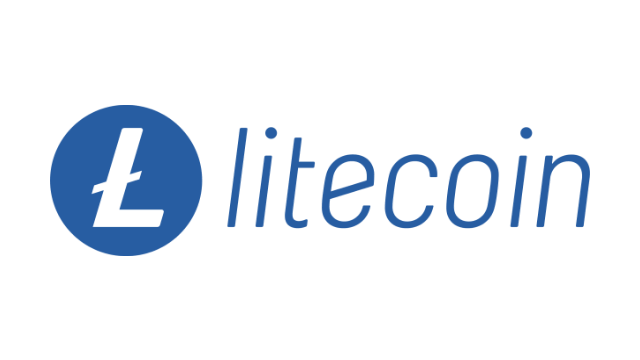Final Countdown Payments: Streamlining Transactions for Success
Final Countdown Payments represent a critical phase in any financial or operational workflow, where precision, timing, and accuracy are paramount. Whether managing last-minute transactions, meeting deadlines, or ensuring smooth operations, understanding the nuances of this process is essential. In this article, we unravel the key aspects, tools, and strategies to excel in handling these pivotal moments efficiently.
Understanding Final Countdown Payments
In the realm of modern finance, final payments hold significant weight as they often represent the culmination of agreements, contracts, or operational milestones. These transactions demand heightened attention due to their importance and the potential consequences of errors or delays. Professionals across industries must be equipped with effective tools and strategies to manage this phase effectively.
The term “Final Countdown Payments” often applies to scenarios where financial accuracy aligns with strict time constraints. From small business dealings to large-scale corporate settlements, managing these payments can vary greatly in complexity and scale. Each setting brings unique challenges and opportunities.
- Timing: Ensuring payments are executed at the correct moment to meet deadlines and avoid penalties.
- Accuracy: Verifying all transaction details to prevent costly mistakes.
- Compliance: Adhering to regulatory requirements and maintaining financial transparency.
- Risk Management: Identifying and mitigating potential disruptions in the payment process.
- Technology: Leveraging digital tools for efficiency and reliability in payment execution.
Success in managing these payments often hinges on robust preparation and clear processes. Without the right approach, businesses may face financial losses, damaged reputations, or strained relationships with stakeholders.
Steps to Execute Final Countdown Payments
Managing final payments effectively requires a well-structured process. Each step contributes to ensuring seamless execution and avoiding potential pitfalls. Here’s how to navigate the complexities of these transactions:
- Plan Ahead: Establish a clear timeline and identify key milestones leading up to the payment deadline.
- Verify Documentation: Double-check all contracts, invoices, and supporting documents to ensure alignment with the payment details.
- Allocate Resources: Ensure sufficient funds and resources are available to cover the payment.
- Choose the Right Platform: Select a reliable payment system or financial tool tailored to your transaction needs.
- Monitor Progress: Track the status of the payment to confirm successful execution.
Each step requires thorough attention and proactive measures to address potential challenges. With a systematic approach, businesses can minimise risks and achieve smooth outcomes.
Key Tools for Managing Payments
The right tools can significantly enhance efficiency in handling final payments. From advanced financial software to streamlined communication platforms, technology plays a vital role in this process. Understanding the options available can help businesses optimise their operations.
| Tool | Functionality | Benefits |
|---|---|---|
| Automated Payment Systems | Processes payments automatically based on predefined rules | Reduces errors and saves time |
| Accounting Software | Manages financial records and tracks transactions | Enhances accuracy and simplifies record-keeping |
| Compliance Tools | Ensures adherence to regulatory standards | Minimises legal risks |
| Risk Management Platforms | Identifies potential threats to payment processes | Improves reliability and security |
| Communication Tools | Facilitates coordination among stakeholders | Enhances collaboration and efficiency |
Adopting these tools can lead to improved outcomes and reduced complexities in payment handling. By leveraging technology effectively, organisations can achieve greater precision and reliability.






